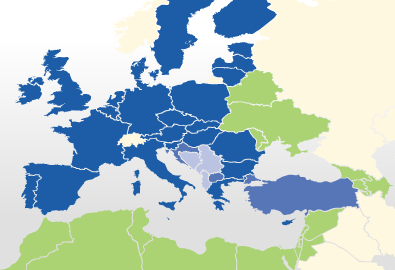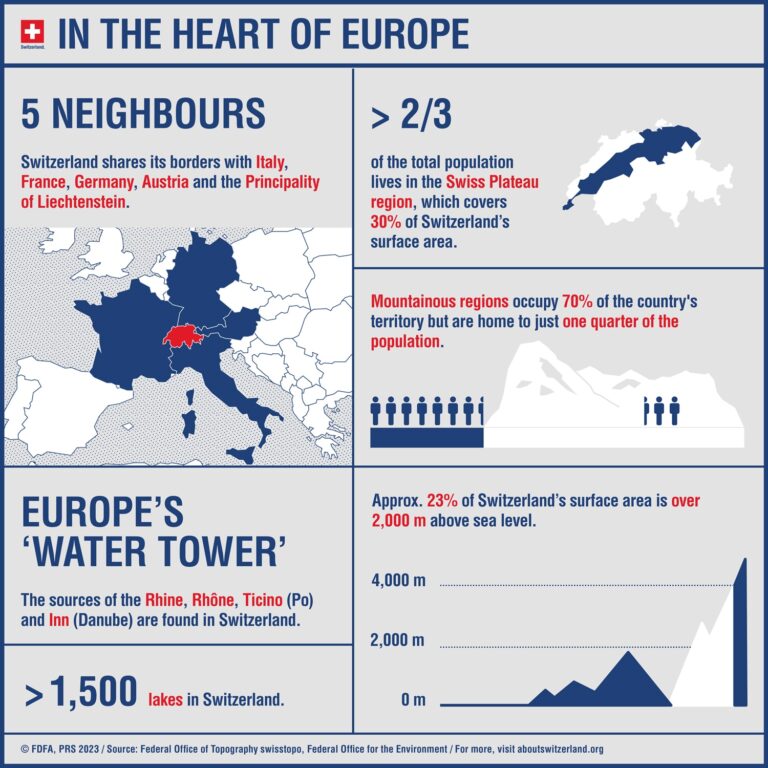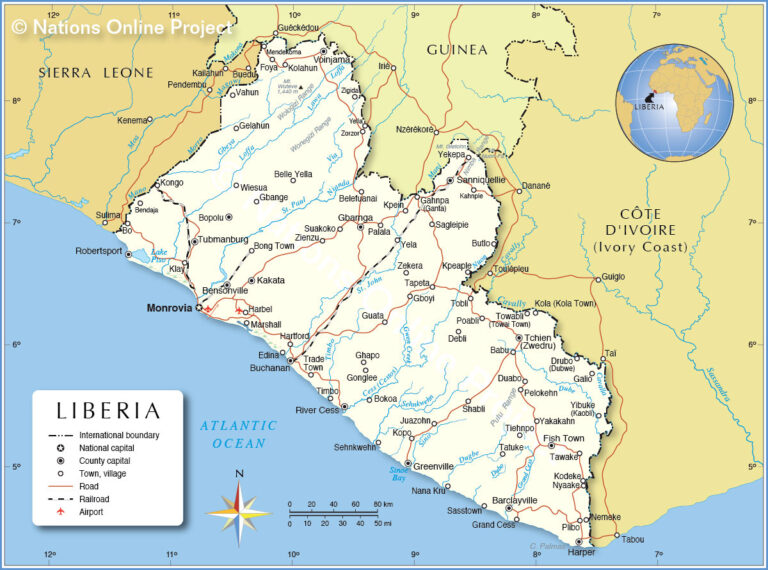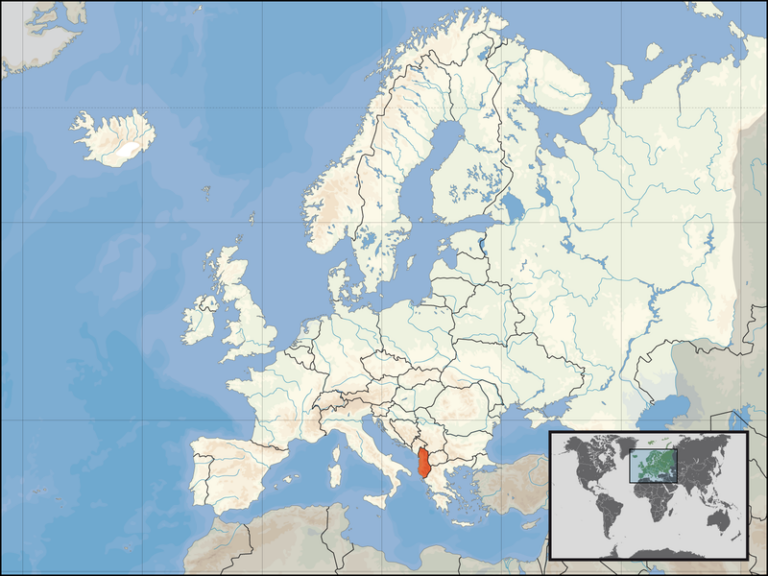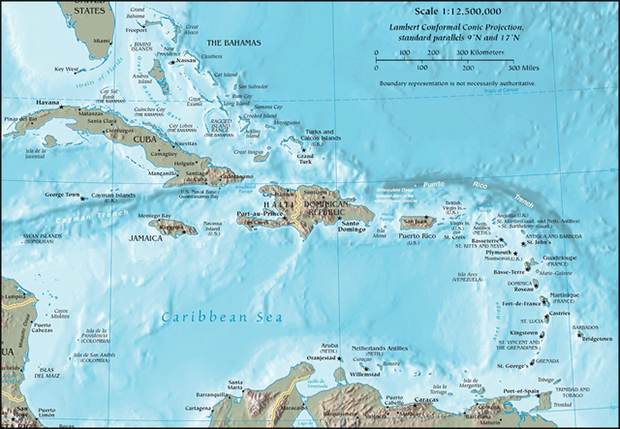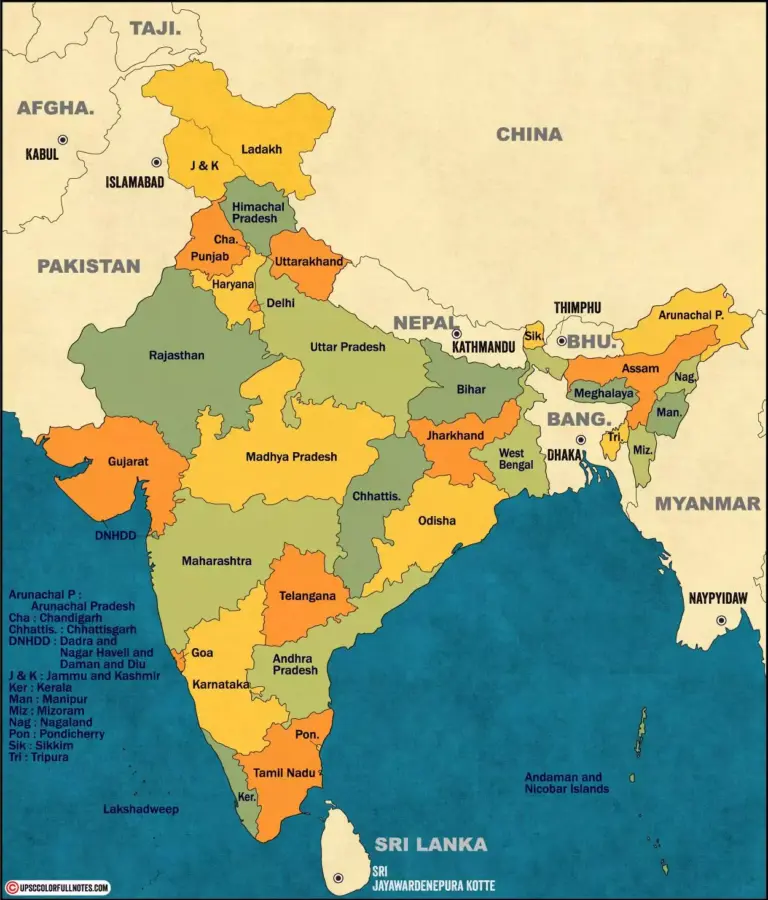Bhutan Neighbouring Countries on the Map
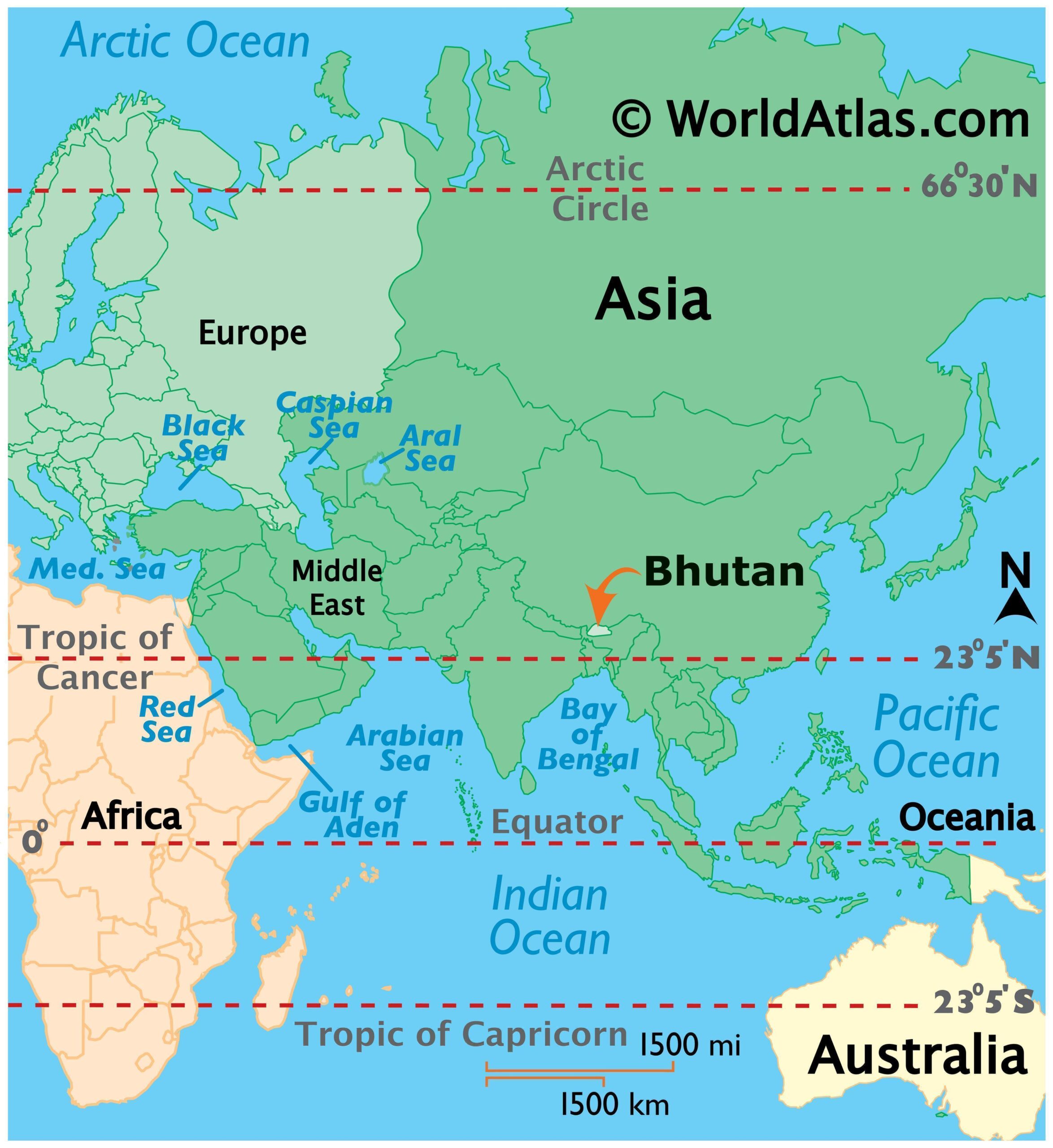
Bhutan’s Neighbors
The Two Neighboring Countries
Nestled in the Himalayas, Bhutan is a picturesque, landlocked spot bordered by just two neighbors: India and China. While other regional friends include Myanmar, Bangladesh, and Nepal, none share a direct borderline with this kingdom.
| Country | Border Length (km) |
|---|---|
| India | 699 |
| China | 477 |
Border Disputes and Agreements
When it comes to India, Bhutan enjoys smooth sailing with no ongoing territorial tiffs. Their border is a peaceful one, allowing for strong teamwork and ease of movement between the two (Wikipedia). This harmonious bond opens doors to better connectivity and greater opportunities.
However, the story’s not the same with China. The Bhutan-China frontier still has fuzzy lines, leading to occasional friction. These squabbles usually stem from strategic motives, making it necessary to tread lightly and skillfully in diplomatic talks.
Craving more on this topic? Check out our deep dives into how other nations like Afghanistan’s neighbors and Australia’s neighbors manage their borders.
Bhutan-India Relations
Border Connection
Getting into Bhutan by land is a one-way street through India, as the road in from China is off-limits to foreign travelers (Wikipedia).
Important spots of connection include:
- Jaigaon, Alipurduar in West Bengal, India: Your main gateway from India into Bhutan.
- Phuntsholing, South West Bhutan: Directly linked to Jaigaon, this town is kind of the “Welcome” sign into Bhutan.
To keep things in check at the border, India’s got 12 SSB battalions and over 132 posts scattered across. This team effort is bolstered by a border management group between India and Bhutan to keep things safe and ensure smooth operations.
Entry for Foreign Visitors
For those coming from abroad, the lone land entry into Bhutan is straight through India. This path links Jaigaon in West Bengal with Phuntsholing in South West Bhutan and keeps everything simple and neat (Wikipedia).
Travelers hopping from India into Bhutan typically go for:
- Train Ride to Hasimara: Sit back and enjoy the ride; this station’s just 17 km from Phuntsholing. So, after you hop off, you’re practically there (Tibet Vista).
Here’s a glimpse at key points where you can cross:
| Entry Points | Indian Side | Bhutan Side |
|---|---|---|
| Gateway Entry | Jaigaon, West Bengal | Phuntsholing |
| Train Station Proximity | Hasimara Station | 17 km from Phuntsholing |
Being familiar with these access points is a must for anyone sorting out their travel routes to Bhutan.
For more scoop on other countries nearby, check out stuff like afghanistan neighboring countries and albania neighboring countries.
Bhutan-China Relations
Border Length and Disputes
Bhutan and China are like neighbors with a backyard disagreement that stretches over 470 kilometers. This contentious border mostly runs along Bhutan’s northern and northwestern edges. Historically, it’s been a hot spot with regions like Pasamlung, Jakarlung, and Doklam being points of argument for China.
The talking started in 1984 to iron things out. By 2001, they were haggling over territorial swaps to nail down a border deal. But India’s worries, particularly about the Siliguri Corridor’s security, have thrown some wrinkles into the negotiations (Carnegie Endowment).
One memorable chapter in this ongoing saga was the Doklam standoff in 2017. For seventy-three days, the Chinese People’s Liberation Army (PLA) and the Indian Army were in a tense standoff when China decided to build a road near a Bhutanese army camp. This stirred up the sovereignty pot quite a bit (Carnegie Endowment).
Strategic Implications
The wrangle over the Bhutan-China border isn’t just a local squabble; it’s got big-time strategic consequences, tweaking relations between not just Bhutan and China, but stirring the whole regional pot. Settling this is on Bhutan’s to-do list, with its thinkers, government workers, and lawmakers all on board.
The outcome of these talks makes India pay close attention, especially with Doklam in the picture. Doklam matters big-time because it’s right near the Siliguri Corridor, that skinny line of land linking India’s northeast with the rest of the country. Control here can really mess with India’s security and movement plans.
| Region Claimed by China | Length (km) | Strategic Importance |
|---|---|---|
| Pasamlung | – | Natural resources |
| Jakarlung | – | Terrain connectivity |
| Doklam | 89 | Proximity to Siliguri Corridor |
Both Bhutan and China get that keeping things calm and peaceful on their border is a big deal. They’re talking it out to find a way forward. If looking at geopolitical border stuff gets your gears going, check out the details on afghanistan neighbouring countries, australia neighbouring countries, and bangladesh neighbouring countries.
Importance of Bhutan’s Location
Geopolitical Significance
Tucked between the powerhouses of India and China, Bhutan is a bit of a heavyweight in the room of international politics. India extends its hand generously with economic aid and spruces up the infrastructure. This partnership is more than just neighborly love—it’s a way for India to keep a friendly presence up north and counteract China’s cunning chess moves on the field. China’s trying to cozy up too, but ongoing border arguments keep getting in their way, along with Bhutan’s firm “no thanks, we’re fine” stance on its independence.
Economic Interactions
On the money side, Bhutan and India have quite the dynamic duo thing going on. India’s like Bhutan’s main squeeze—biggest trade partner, top source of foreign aid, and a key investor. Hydropower plays a starring role in their economic friendship. India buys extra juice from Bhutan’s hydropower facilities, which keeps Bhutan’s pockets jingling (World Bank). Still, Bhutan faces rough waters in other markets because of some unfriendly investment vibes, sky-high trade costs, and not enough folks back home to buy stuff.
They’re not just sitting around though. Bhutan’s 13th Five-Year Plan from 2024 to 2029 is switching gears. It’s all about boosting jobs, pulling in foreign investments, and keeping folks from leaving town by jazzing up the economy. They’re eyeing new opportunities—mining, forestry, fancy goods, creative gigs, and wellness tourism among others (World Bank).
To make it all happen, Bhutan pals around with international giants like The World Bank since 1981, the International Finance Corporation (IFC) since 2003, and the Multilateral Investment Guarantee Agency (MIGA) since 2014. The help is real—focusing on curbing poverty, keeping the economy afloat, and dodging Mother Nature’s mood swings.
Being right next to some of the world’s big players and blessed with natural goodies puts Bhutan on the map in a big way. If you’re intrigued by how the neighborhood politics and economies shake out or want more juicy geolocation twists, check out the dirt on neighboring countries, bangladesh neighbouring countries, and china neighbouring countries.
Bhutan’s Border Geography
When it comes to understanding Bhutan’s geographical layout, peeking at its borderlines tells us quite a bit about how the country manages its borders. Bhutan cozies up to two big neighbors: China and India.
Length of Borders
Bhutan has a total boundary stretch of around 1,139 kilometers (or 708 miles, if you prefer old-fashioned counting), split between its borders with China and India. Here’s how it breaks down:
| Country | Border Length (km) | Border Length (miles) |
|---|---|---|
| China (Tibet Autonomous Region) | 477 | 297 |
| India (Arunachal Pradesh, Assam, West Bengal, Sikkim) | 662 | 411 |
As you head north and northwest, Bhutan rubs elbows with Tibet, the autonomous bit of China. Swing south or west, and you’ll bump into Indian regions like Arunachal Pradesh, Assam, West Bengal, and Sikkim (World Atlas).
Checkpoints and Border Management
Handling Bhutan’s sprawling borders is no small task—it takes a team effort with its neighbors to keep things smooth and safe.
India-Bhutan Border
The line between India and Bhutan actually lets some foreigners through, mainly at the busy checkpoint between Jaigaon in West Bengal and Phuntsholing in Bhutan’s southwest corner. This spot is a hub for tourists and traders, with other noted checkpoints scattered around.
To keep things secure, India has packed the area with twelve SSB (Sashastra Seema Bal) battalions and more than 132 border snippets. Plus, India and Bhutan have teamed up on a border group to keep eyes on the prize.
China-Bhutan Border
Over on the China side, it’s a different story. The border’s been put on a big “Do Not Disturb” sign for foreigners—no official crossing has been rolled out, mostly because of ongoing squabbles over where the line should actually be drawn. More about this face-off can be found right here Border Disputes and Agreements.
Bhutan’s borders not only keep its citizens snug but also manage how the country reaches out (or not) to others nearby. Want to know more about Bhutan’s neighborly chats? Head on over to our sections on Bhutan-India Relations and Bhutan-China Relations.
Bhutan’s Tourism Dilemma
Sustainable Development Fee
Bhutan isn’t relying too heavily on tourism for its economy, only 5% of the GDP comes from it. To keep the tours gentle on the environment and culture, they came up with something called the “sustainable development fee” or SDF. Initially, it was a hefty $200 a day for every visitor. The idea was to keep the environment clean and culture alive The Diplomat.
But then 2023 rolled around, and Bhutan thought it was time to sweeten the deal, cutting the SDF to $100 a day. This move was about getting more folks to visit while keeping the beautiful nature untouched. Lowering the fee speaks volumes about Bhutan’s careful dance between earning a buck from tourism and making sure tourists don’t leave too big of a mark. It’s all about that “high-value, low-impact” groove they’ve got going.
Economic Growth vs. Environmental Preservation
Bhutan’s got this sweet spot geographically, and it’s pretty selective with its buddies, having official ties with just 54 countries. They kept the doors closed to tourists till 1974, and since then, they’ve been all about keeping things chill to protect what makes Bhutan, well, Bhutan (The Diplomat).
This play-it-safe method has paid off, with 62,702 folks checking out Bhutan between January and September 2023, 70% of them coming from India, with more from China tagging along.
Here’s how Bhutan navigates this economic vs. environmental tug-of-war:
| Factor | Detail |
|---|---|
| Sustainable Development Fee | Was $200/day, went down to $100/day in 2023 |
| Tourist Numbers | 62,702 visitors from Jan to Sep 2023 |
| Visitor Demographics | Majority from India, then China follows |
| Tourism’s GDP Contribution | 5% |
Bhutan’s got this balancing act down. They want those tourists for the cash, sure, but they’re not gonna let that spoil their untouched beauty. Their travel rules are tight to make sure no one messes with Bhutan’s rich culture and spiritual essence. It’s a protective vibe they’ve got going on. For other countries doing their own balancing acts, scope out Argentina’s neighboring countries or Azerbaijan’s neighboring countries.

